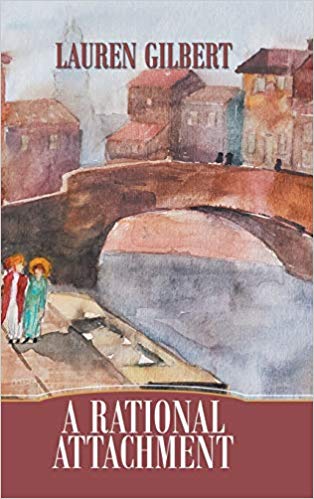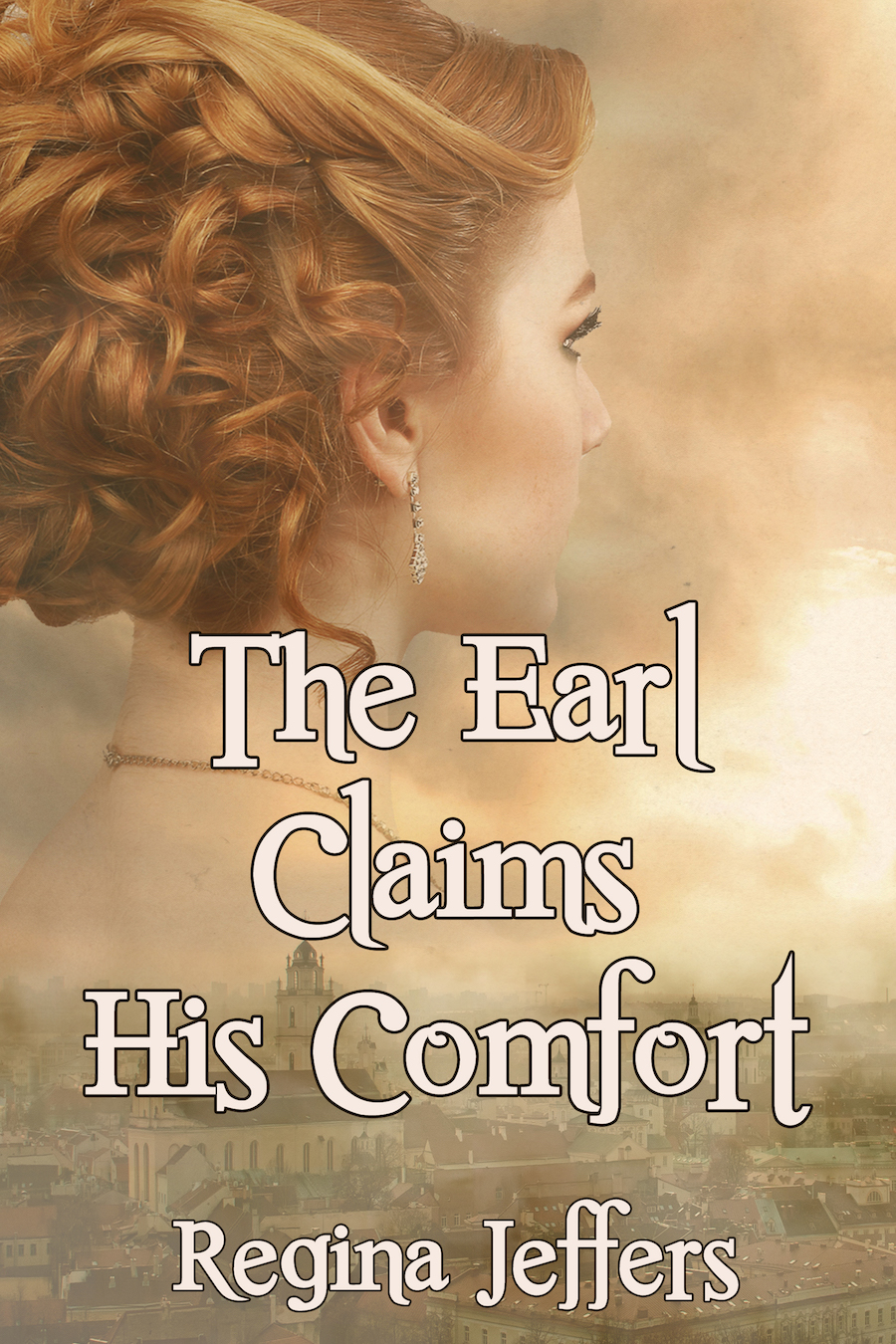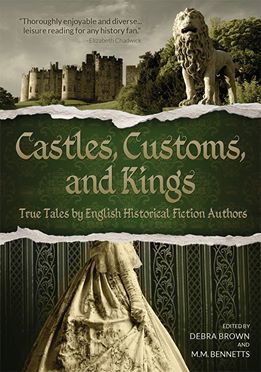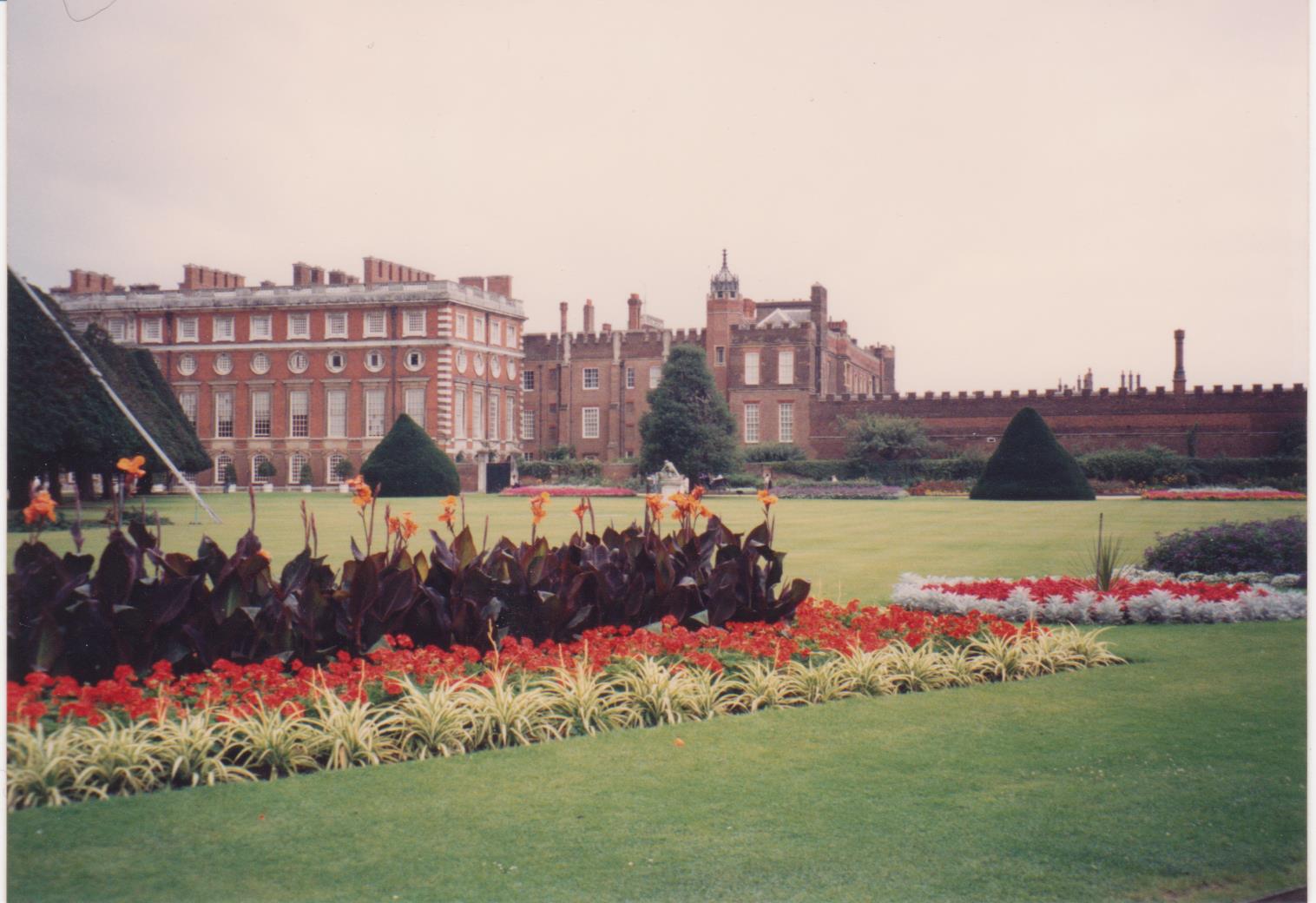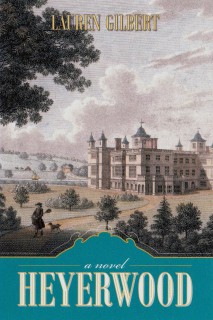
by Lauren Gilbert
A Holiday House Party in Regency England-For Ella Quinn’s party Dec 12
The holidays are a time when people want to gather with friends and family. When possible, people travel for the holidays, often spending a few days or more. This is not a modern phenomenon. House parties were popular during the Regency era as well, and one’s visitors generally stayed for a length of time, possibly as long as a month or even more. For example, Jane Austen’s sister Cassandra travelled to Godmersham Park for Christmas at the home of their brother Edward Austen-Knight in 1798; she was there long enough to receive several letters from Jane. The Marquis and Marchioness of Abercorn entertained a large party at their country home, The Priory, at Christmas in 1804. The planning and logistics of that time were rather different from ours.
The holidays themselves were more numerous. The Christmas season started with St. Nicholas Day, celebrated on Dec. 6, when small gifts would be exchanged. Next came St. Thomas’s Day, observed on Dec. 21, which was marked with charitable giving.
Christmas Eve was a day to gather greens and decorate the home, and guests would have been included in these activities. These decorations included wreaths (the making of which included rosemary and laurel as well as greens) and a kissing bough (which probably would have included mistletoe). Fruit such as oranges and apples could also be included (cost would have been a consideration for oranges, as citrus was quite expensive). Christmas Day celebrations would have included attendance at church services (weather and health permitting). A special dinner would be planned and served. Gifts would be exchanged. There would be music, including Christmas carols.
Next up was Boxing Day, which was also St. Stephen’s Day, celebrated the day after Christmas. On this day, gift boxes and the day off were extended to the servants, if any. (Meals would be planned for cold collations)
New Year’s, of course, was celebrated, and could entail small gifts. 12th Night was celebrated on Jan. 6, marking the official end of Christmas season. A party with games, dancing, and possibly a masquerade was held when possible; a 12th night cake and hot spiced wine could be served. The greens were pulled down and burned for good luck.
As we can plainly see, a number of matters had to be carefully considered. A spur-of-the-moment decision to dine out was not an option. There was no television or electronic entertainment available. Even with staff, a hostess had to consider a number of factors. First and foremost were the numbers of guests. There could be people coming and going throughout the entire month, some arriving as others leave, some staying throughout the month. Juggling rooms, linens, and so forth would be serious business.
The next issue would, of course, be food. Food choices of the time would rely heavily on what was available seasonally, and often to regional tastes. While the wealthy and upper middle class could indulge in imported or hot house comestibles, most food choices would have depended on what was available seasonally. Elizabeth Raffald included a helpful list of every thing in season each month of the year in her THE EXPERIENCED ENGLISH HOUSEKEEPER.

The Christmas Day dinner menu could include two or possibly three courses. A first course could include a fish dish, such as turbot with shrimps and oysters, soup, sausages, and meat or fish pies. Brawn, one of Jane Austen’s favourites, was also popular. The second course would often include roast beef, goose and/or pheasant, another soup such as a shell-fish bisque, and possibly some roast duck. A dish of fruit, such as apples, pears and grapes, would also appear, with sweets such as a pear tart. These courses would be supplemented with vegetables such as carrots, parsnips, celery, beets, spinach, and forced asparagus. Various pickles were also popular. A third course could include savouries, more sweets, dried and fresh fruits, and nuts including chestnuts, walnuts, and hazelnuts.
Favoured sweets at this time of year would include mince pies, steamed Christmas pudding and gingerbread. Festive beverages would include syllabub, various wines, wassail (a concoction of beer, sherry, sugar, and spices) and ale. Coffee, tea and hot chocolate were also popular. After dinner, the gentlemen might have remained in the dining room, enjoying more wine and spirits, while the ladies (and gentlemen who chose) withdrew to drawing room for tea (or port or sherry or other wines).
As so many of these holidays involved gift giving amongst the household or to the community, the hostess had to know who would be present at what time to be sure everyone was considered. Gift giving was a delicate matter. Unmarried men and women did not exchange gifts usually, unless courting, engaged, or related by blood. Gifts were often created. Handwork, including knitting, embroidery, and painting, was often employed. Such objects could include embroidered slippers, handkerchiefs, and bookmarks, handmade lace, etc. Quilled paper was also a popular craft, and cabinet makers sold objects such as boxes, wine bottle coasters, picture frames and more for young ladies to decorate with their paper filagree work. A drawing or painting of a favourite view or animal would have been another option. A handmade gift of this nature would have shown a degree of intimacy, so recipients must have been carefully weighed.
If finances permitted, one could shop for Christmas gifts as well. Items such as books, sheet music, fancy or decorative boxes, supplies for writing or arts and crafts would be unexceptionable for friends; perfume and fans, jewellery (particularly hair jewellery), and similar objects would have to be judged cautiously, as those could be considered more personal, and potentially improper. Much care had to be given in selecting appropriate gifts for family as well as guests for the appropriate days, carefully weighing cost, relationships, and the potential for misunderstanding.
Entertainment was of great importance. One would not want one’s guests to be bored. Meals, and evening entertainments such as cards, dancing and so forth were obvious. However, the hours in between also had to be considered. If a musical instrument was available, it would need to be tuned and ready for use. Sheet music would be desirable. Singing was also popular. Books and periodicals would help guests fill time. Weather permitting, walks in the neighbourhood or on the grounds would have been enjoyed. If the weather permitted, there could have been ice skating. Depending on the size of the establishment and the means, all manner of activities could be possible. Games were always possible, and it would be up to the hostess to have suggestions and any necessary pieces or costumes available. Age would, of course, have been a consideration. Plans would have to factor in gifts, entertainment, and menus for any children in the household during the holiday.
As we can see, the Regency era house party would have required serious logistical planning. Even with staff, the hostess would be the arbiter of decisions regarding food and entertainment, and the delicate matter of appropriate gifts. Making sure that guests were accommodated as people arrived and departed, or arrived and stayed for the duration, required detailed planning for laundry as well as space. In houses with servants, Boxing Day brought other challenges, as servants had that day off. Cold meals would have to be planned, as well as other matters considered. Budgetary considerations for food, beverages, and gifts were also significant. Even for a smaller household expecting only intimate family, expectations had to be managed and planning was crucial.
Sources include:
LaFaye, Deirdre, ed. JANE AUSTEN’S LETTERS. Fourth Edition. Oxford: Oxford University Press, 2013.
Raffald, Elizabeth. THE EXPERIENCED ENGLISH HOUSEKEEPER. Lewes: Southover Press, 1997.
Smith, Eliza. THE COMPLEAT HOUSEWIFE. First ublished 1758. Facsimile edition published London: Studio Editions Ltd., 1994
English Historical Fiction Authors blog. “A Regency Christmas Feast” by Maria Grace, posted Dec. 10, 2013. https://englishhistoryauthors.blogspot.com/2013/12/a-regency-christmas-feast.html ; “Twelfth Night” by Lauren Gilbert, posted Dec. 10, 2011. https://englishhistoryauthors.blogspot.com/2011/12/twelfth-night.html
Random Bits of Fascination blog. “Regency Holiday Gift Giving” posted Dec. 15, 2018 by Maria Grace. https://randombitsoffascination.com/2018/12/15/holiday-gift-giving/
The Regency Redingote blog. “Quill-Work or Quilling?” by Kathryn Kane, posted April 17, 2015. https://regencyredingote.wordpress.com/2015/04/17/quill-work-or-quilling/
Image-Holly Christmas card (not Regency era but evokes the spirit)- https://commons.wikimedia.org/wiki/File:Holly_Christmas_card_from_NLI.jpg Public Domain; Still Life of a Roast Chicken , a Ham and Olives on Pewter Plates with a Bread Roll, an Orange, Wineglasses and a Rose on a Wooden Table by Osias Beert https://commons.wikimedia.org/wiki/File:Still_Life_of_a_Roast_Chicken,_a_Ham_and_Olives_on_Pewter_Plates_with_a_Bread_Roll,_an_Orange,_Wineglasses_and_a_Rose_on_a_Wooden_Table.jpg Public Domain
British Newspaper Archive. Morning Post, Thurs. Nov. 29, 1804, p. 3, London, England; Oracle and the Daily Advertiser, Fri. Nov. 30, 1804, p. 3, London, England. https://www.britishnewspaperarchive.co.uk/
This post is part of the Regency Romance Fans Christmas Party on Sunday, Dec. 12, 2021 from 3:00 pm to 9:00 pm. I am giving an e-book of my latest novel, A RATIONAL ATTACHMENT, to a U. S. reader. Visit the Regency Romance Fans Facebook page to enter the giveaways and interact with authors, including me at 5:00! Here’s the link: https://www.facebook.com/groups/934474906612465


Will they find their happy-ever-afters?

